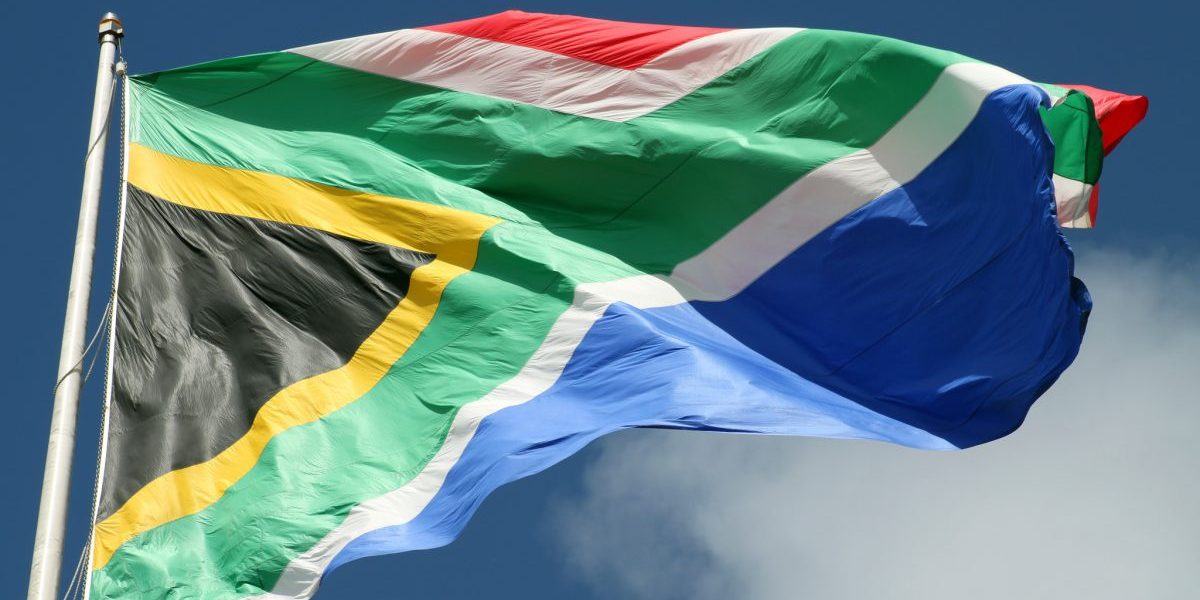These matters have moved into sharp relief in light of the government’s decision to raise import tariffs on certain clothing items. Clothing, long the lightening rod for these debates, sees some trade experts, economists and actors in the tripartite alliance exhibiting a desire to tightly control trade policy; others support further trade liberalisation.
Those in favour of protectionism argue that it is necessary to afford domestic producers the space to restructure their operations in order to survive foreign competition. They further argue that the state should strategically protect selected industries in order to build local industrial capacity and thus promote industrialisation. Suggested trade protectionism measures include hiking tariffs, imposition of quotas and other non-tariff barriers on selected industries. They attribute employment and poverty reduction successes to protectionist trade strategies and proclaim that this is the path to growth and development for the country. East Asian “tiger economies” are regarded as the essential example in this genre, more broadly of establishing “developmental states” privileging industrial policy.
Proponents of trade liberalisation assert that reduction of import protection encourages specialisation, competition and efficiency and allocates resources from uncompetitive sectors to sectors with comparative advantage. Advocates postulate that trade policy reform has the potential to offer significant positive impacts on economic performance and poverty. They also note the development success of the East Asian countries amongst others but credit this to their open trade policies.
In South Africa the impact of trade liberalisation on the economy remains a contentious issue. The rationale for liberalisation is based on the fact that major inefficiencies exist in the economy and that trade reform, coupled with a series of flanking measures, can play a critical role in spurring growth, albeit indirectly. A particularly complex problem that trade experts face is how best to disentangle the impact of tariff liberalisation specifically from a range of other factors such as exchange rate movements, and growth rates in importer and exporter countries. The problem is compounded by the fact that the dynamic gains proffered by trade liberalisation are not easily quantifiable as they occur over a longer period, leading to a political asymmetry where short-term losses of production and employment in anticipation of long-term gains are politically difficult for governments to sell. Furthermore, antagonists of trade liberalisation argue that SA’s trade reform of the early 1990s is the primary cause of the high rate of unemployment.
On the other hand, weighing heavily against those who support protectionist trade policies are the numerous failed managed trade strategies. Historically, import substitution in SA was consistently promoted from 1924 to the 1970s, first via import quotas and mild import tariffs, and then by higher tariffs and anti-dumping measures. Imports declined, but inefficiencies in production were created as domestic producers were shielded from international competition. Requests for increased protection were often granted despite domestic producers falling further behind their international competitors. Currently, for a clothing and textiles sector which is enjoying protection through high tariffs, additional quotas imposed on China’s imports did not achieve the desired results, but resulted in unintended negative consequences including the demise of Frame Textiles – a regional textiles stalwart.
The predicament of low growth and high unemployment in SA poses urgent challenges to policy makers. Trade policy is a critical component of these challenges, but certainly in itself does not make or break growth or employment. Neither protectionism nor liberalisation is without failures. Unfortunately the current debate on these competing economic paradigms tends to be highly polarized and rhetorical and arguments are sufficiently light on substance that they fail to convince any but the converted. This kind of discourse also does not contribute to constructively critiquing government policy, and therefore does not advance SA’s trade policy goals.
It is therefore important that actors in trade policy debate the benefits and costs of these competing stances in an open and frank manner. Such dialogue should proceed from the premise that trade policy is an instrument to deliver on government’s development goals and be backed by strong evidence-based arguments.
Therefore the Department of Trade and Industry’s newly minted trade policy and strategy framework provides an opportunity to interested parties to engage in an open and frank debate about the future trajectory of SA’s trade policy and to ensure it delivers pro-poor results.








